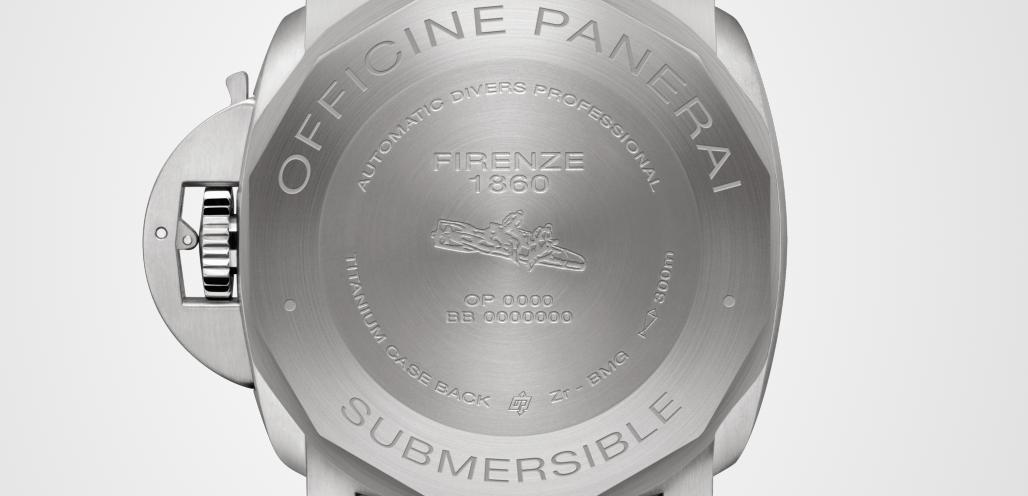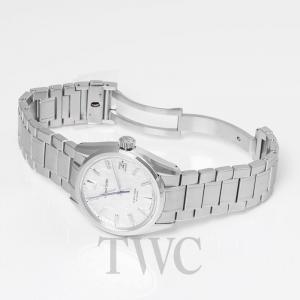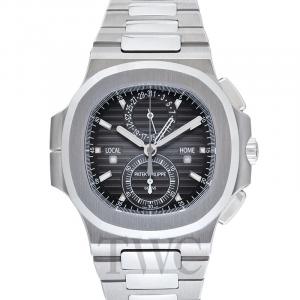How to Remove the Back of A Watch: A Quick Guide

Have you ever had a watch run out of battery before and you just did not have the time to get it repaired by an actual professional? Or have you ever had the curious urge to open up the back of your timepiece and see what lies inside firsthand? If you answered yes to any of these questions then read on because, today, we will be talking about how to remove the back of a watch all on your own!
Types of Watch Backs

Just as there are many kinds of watch cases and bracelets, there are also a variety of watch casebacks out there that differ in style and structure.
Unfortunately, the caseback is an often neglected component of a watch, even though it is very important to the functionality of a timepiece. However, if you are really keen on knowing how to remove the back of a watch by yourself, then the first thing you need to know is what type of caseback you are dealing with.
Generally, there are two overarching variations on the caseback: solid and exhibition. Solid casebacks refer to casebacks that are fully concealed and opaque. Exhibition casebacks, on the other hand, refer to casebacks with a transparent section, which allows you to see the movement inside. That said, there are a number of other classifications, so read on to see which applies to your timepiece:
1. Screw-Down
The screw-down caseback is one of the most commonly-used casebacks in horology. It has a threaded structure that allows the back of the watch to be tightly and securely shut. This allows it to protect the watch’s movement from external elements like moisture and dust.
2. Screw-On
A screw-on or screwed caseback, on the other hand, is one that makes use of screws to attach the caseback to the front case. This is one of the most easily-recognisable variations, since the caseback will consist of multiple screws fastening it in place.
3. Snap-On
Next, we have the snap-on caseback, which was a popular choice back in the day. It is the most simple and straightforward variation on a caseback as it uses pressure to remain connected to the front case. The snap-on caseback is characterized by a slight dent on the back which makes it easier to remove.
4. Hinged
Lastly, we have the hinged caseback. This usually refers to a caseback that has hinges or is connected to the front case using a pin or a spring. Unlike the other three versions, the hinged caseback cannot be fully detached from the front case. It has a structure that is similar to that of a hunter pocket watch, which has a solid cover that protects the dial.
How To Remove The Back of a Watch: Different Ways
Before we move on, keep in mind that removing your watch’s caseback on your own comes with certain risks. If you do it incorrectly, you might accidentally damage your timepiece. If you do not feel confident in your abilities, it might be better to let a professional handle your timepiece.
However, if you are intent on proceeding alone, then read on to find out all the different ways on how to remove the back of a watch.
1. How to Remove the Back of a Watch With a Screw-Down Caseback

The easiest way to remove a screw-down caseback is by using certain watch repair tools. You can also utilise pliers or a friction ball, but these are not as convenient or as safe to use as actual watch repair apparatus. Once you get ahold of a case holder and wrench, just follow these steps:
- First, undo the clasp of your strap or bracelet.
- Next, turn the watch around with the case back facing upwards and place it on the watch holder. You can do this by turning the watch holder dial until the pins are loose enough for your watch to fit, then turn the dial again to tighten and secure its position.
- Get the watch case wrench and make sure the tips are placed perfectly on the caseback slot. You can adjust the tips depending on whatever case shape you are dealing with.
- Once all this is set up, simply turn the wrench counterclockwise until it starts loosening its grip on the case. Once this happens, you can then use your hands to unscrew the caseback all the way. Since this is quite a dangerous task, make sure to be very careful and use protective gear for your hands.
2. How to Remove the Back of a Watch With a Screw-On Casebacks

Watches with screw-on casebacks are also quite straightforward to handle. Since the screws are placed on the caseback itself, it is easy to remove them as long as you have the right tools.
- First, make sure to unclasp the strap or bracelet of your watch so you can access the case back easily.
- Examine the screws on the caseback of your watch. Find the correct screwdriver to do the job. The screwdriver has to have a similar width as the screws. This provides added grip, which allows you to unscrew them faster and easier.
- When you have the right screwdriver, simply use it on the screw slot by turning it counterclockwise until it is loose/unscrewed. Do this with all the screws on the caseback.
- Once all the screws have been removed from the caseback, simply use your hands to lift it up from the rest of the case.
3. How to Remove the Back of a Watch With a Snap-On Caseback

Timepieces with snap-on casebacks are also quite easy to remove. Again, however, you would need specific tools to be able to do so. For snap-on casebacks, you can choose between using a watchmaker’s knife or a pry-type caseback opener.
- If you have a watchmaker’s knife, unclasp your bracelet and examine the back of the watch case. Then look for the notch or indentation. This is usually quite easy to find since it appears as a slight gap between the caseback and the actual case. When you have found the notch, simply insert the knife into the slot and twist until the caseback comes off.
- If you have a pry-type caseback opener, make sure the bracelet or strap is out of the way first. Then use the flat end of the tool and insert it into the same notch mentioned in the knife method above. This technique does not require as much strength or effort. As such, it serves as a great option for watches where the caseback is not as tightly attached.
4. For Watches with Hinged Backs

Lastly, we have watches with hinged casebacks. Typically, if a watch is designed with a hinged caseback, it is actually meant to be more accessible to the wearer. The hinged caseback is not very commonly used nowadays.
However, there are some models out there with this type of caseback, and it is usually accompanied by a sapphire crystal which protects the watch’s movement. This means that all you have to do is to find the hinge on the caseback and pry it open with your hands. This will immediately give you a full view of the watch’s movement. That said, most of the time, you will not be able to actually access the movement since it is protected by a crystal.
Final Thoughts
At the end of the day, removing the caseback of your watch can be a hit-or-miss kind of task. Your success depends on factors like your own capabilities, the quality of your tools, and more. Most of the time, it would be better to just have a professional do it.
However, as this article shows, you can definitely learn how to remove the back of a watch as long as you have the proper apparatus. Just remember to do your research first and to be careful throughout the actual process, or you risk possibly damaging your timepiece!
Photo Credits: Official Watch Websites and SpeedtimerKollektion.com
If you want more watch-related reads, check out our article on the Longines BigEye!


